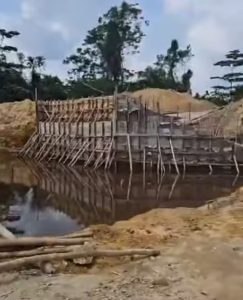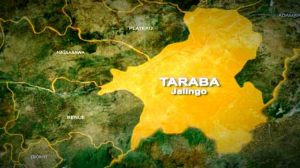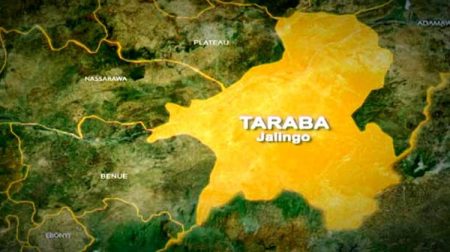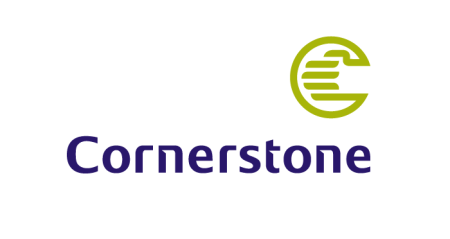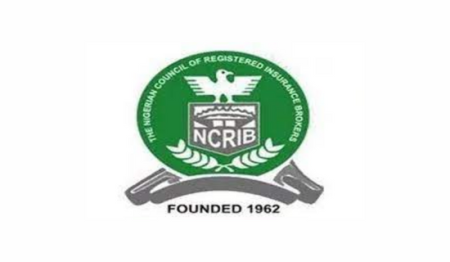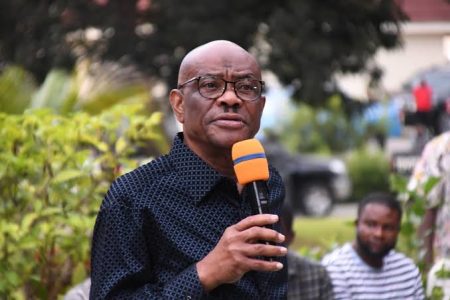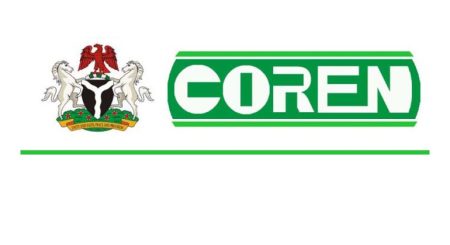Maritime operators in Nigeria have pointed to the country’s ongoing foreign exchange crisis and a host of other challenges as primary reasons for the slow progress on four out of the seven approved inland dry ports. These insights were shared by Mr. Rotimi Hassan, the former Managing Director of the Kaduna Inland Dry Port, in an interview with The PUNCH. The establishment of these inland dry ports was approved by the Federal Executive Council in March 2006, aimed at enhancing Nigeria’s cargo handling capacity and improving logistical operations away from the coastal areas. However, a recent report revealed that only three of these inland ports have been completed, leaving the remaining four to face significant delays in operational readiness.
The completed inland dry ports include the Kaduna IDP, with a capacity of 5,000 twenty-feet equivalent units (TEUs), Dala IDP in Zawachiki, Kano State, which can handle 20,000 TEUs, and the Zanfarawa IDP in Funtua, Katsina State, designed for 10,000 TEUs. On the other hand, the incomplete ports are the Erunmu Inland Dry Port in Ibadan, which is only 10 percent finished, Isiala Ngwa facility in Abia State at five percent, Heipang Port in Jos at over 53 percent, and Jauri IDP in Maiduguri, also at five percent. The stark contrast between completed and ongoing projects raises concerns about the efficiency and viability of inland port operations in Nigeria.
Hassan noted that the ambitious nature of establishing these dry ports has encountered significant obstacles, particularly regarding funding and currency fluctuations. The initial expectations were that the government would fully develop and hand over these ports to private operators. However, this approach changed significantly under former President Olusegun Obasanjo, leading to private sector operators needing to finance, manage, and eventually transfer the ports themselves. With the current exchange rate soaring from N175 to over N1600 per dollar, the financial landscape has become exceedingly daunting for investors looking to establish or expand dry ports in Nigeria.
Adding to the complexity, Dr. Ahmed Rabiu, the Managing Director of Dala Inland Dry Ports, attributed some delays to the initial unfamiliarity with the concept of inland dry ports among Nigerians. He highlighted that the innovative nature of these projects may have initially confused potential investors and operators. Rabiu contended that the exchange rate should not be seen as the sole culprit for the delays, suggesting instead that the timeframe of the concession agreements predates the current economic challenges, indicating that other factors may be at play.
Furthermore, Mr. Frank Obiekezie, the National Secretary of the Association of Registered Freight Forwarders of Nigeria, expressed support for the inland dry ports as a strategic initiative to stimulate economic growth in Nigeria’s interior regions. However, he demanded an emphasis on addressing the historical implementation challenges that have plagued such infrastructure projects. Obiekezie underscored that successfully operationalizing the dry ports could alleviate congestion at Nigeria’s seaports by ensuring swift transportation of containers and goods to inland markets, thereby enhancing overall logistics efficiency across the country.
In light of the various perspectives on the delays, the Nigerian Shippers’ Council has recently taken steps to address some of these logistical challenges. It has signed a Memorandum of Understanding with the Nigerian Railway Corporation to improve the movement of goods from seaports to the inland dry ports, aiming to facilitate smoother and more reliable transport channels in light of existing difficulties. Overall, while the vision of more effective inland dry ports in Nigeria remains commendable and strategic, considerable effort is necessary to overcome current hindrances, align investment strategies, and enhance operational frameworks to realize this potential.


